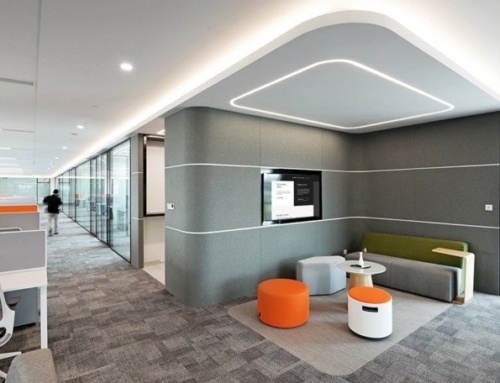Congratulations. You’ve signed a lease. The landlord has given you a Tenant Improvement Allowance and they’ve even agreed to handle every detail of the building out of your new space. Sounds great, right? Perhaps. Here are a few ways to ensure you’re getting the most from your Tenant Improvement Allowance.
Make Sure All Work Is Being Bid On
When given a tenant improvement allowance (TIA), you want all work and materials to be competitively bid on by multiple vendors or contractors. This is the only way you can ensure you’re getting the absolute best pricing. Remember, when you agree to let the landlord manage your buildout, you’re basically presenting them a blank check.
Many landlords or property managers have established work relationships with one particular local tenant improvement contractor. Once you give them the okay to handle your project, they already know the exact contractor they’ll be using for the renovation, tenant build out, or new commercial construction.
This means they aren’t taking bids to see if there are better-priced contractors and you’re likely not getting the most from your TIA. In fact, if the landlord doesn’t take bids, the tenant will most likely overpay for the buildout.
It’s good for a tenant to insist that they themselves find or recommend at least one other general contractor. This way they’ll definitely have another bid to compare to the landlord’s chosen contractor. Ask to be present for this process to review bid documents, porfolios, or any bid documents.
Manage Landlord’s Management Fee
Most landlords these days charge a construction management fee when tasked with managing a tenant improvement buildout. This fee can be significant since this is often an additional way a landlord profits. Especially if there are investors involved. When profits are split between an investor and a landord, the investor typically gets the initial incoming cash from the rental operation as a return for their investment. However, the landlord pockets the entire construction management fee.
Since today’s commercial construction environment is incredibly competitive, many tenant improvement contractors will accept a profit margin in the range of 1%-3%. They just want to secure the job. Not only will this contractor complete all of the work, they’ll also be managing the project and assuming all pricing and timeline risks. Meanwhile, the landlord will turn around and charge the tenant a 3%-5% oversight fee. They’ll pocket the difference; effectively reducing the TIA by doing so.
Keep Building Needs Separate from Tenant Work
Many lease agreements will specifically state the tenant is accepting the space in its “as is” condition. Upkeep of that condition will be the landlord’s responsibility. Buildouts and associated costs are the responsibility of the tenant and subject to the Tenant Improvement Allowance.
It’s a little bit tricker to define where a landlord’s responsibilities end and a tenant’s begins if the space being leased is in a new or newly renovated building.
Is the drywall and spackling of interior and perimeter walls finished so the walls are prepped for painting? If not, does this responsibility fall on the landlord or tenant?
Be sure that the landlord’s baseline obligations are defined. No bids from contractors should mix together landlord and tenant costs. The best way to ensure TIA dollars are maximized is to require separate bid packages for each.
Make Sure The Lease Addresses Change Orders
Sometimes a tenant may request changes after the bid has been selected and contractors and subcontractors are already on site. Without change orders addressed in the lease, the tenant will have to pay a premium for these changes. This is why any lease should anticipate and address change orders in verbiage. Typically, the best way to do this is to require the initial percentage fee quoted by the tenant improvement contractor is applied to the change order and actual cost of associated work.
Make Sure The Lease Addresses Concealed Conditions
Sometimes, after signing an “as is” lease, undesirable conditions or code violations from the previous tenant may be found during the buildout or renovations. If the lease contains no unknown or concealed condition verbiage, the landlord could argue it’s the tenant’s responsibility to fix these problems. This results in unanticipated costs and project delays. Be sure unknown or concealed conditions are addressed in the leasing agreement.
Make Sure The Lease Addresses Normal Hourly Rates vs. Overtime Hours
If tenant improvement work has been assigned to the landlord, he or she assumes the responsibility of getting the tenant into a space by a specified date. They in turn pass this responsibility onto the contractor. To accelerate the construction timetable, the landlord may have the contractor work overtime or non-traditional business hours. If this is the case, the tenant needs to make sure pricing is based on crews working traditional business hours. It’s important to know the tenant isn’t paying for “catch up” or accelerated work not of their doing.
So Are Landlord Controlled Tenant Improvements Good or Bad?
There are both pros and cons to passing construction obligations on to the landlord. While it certainly takes some burden off the tenant’s back, issues can arise if things aren’t properly addressed up front in the lease agreement. Tenants must ensure they’re protecting themselves and get the most out of the Tenant Improvement Allowance dollars.





